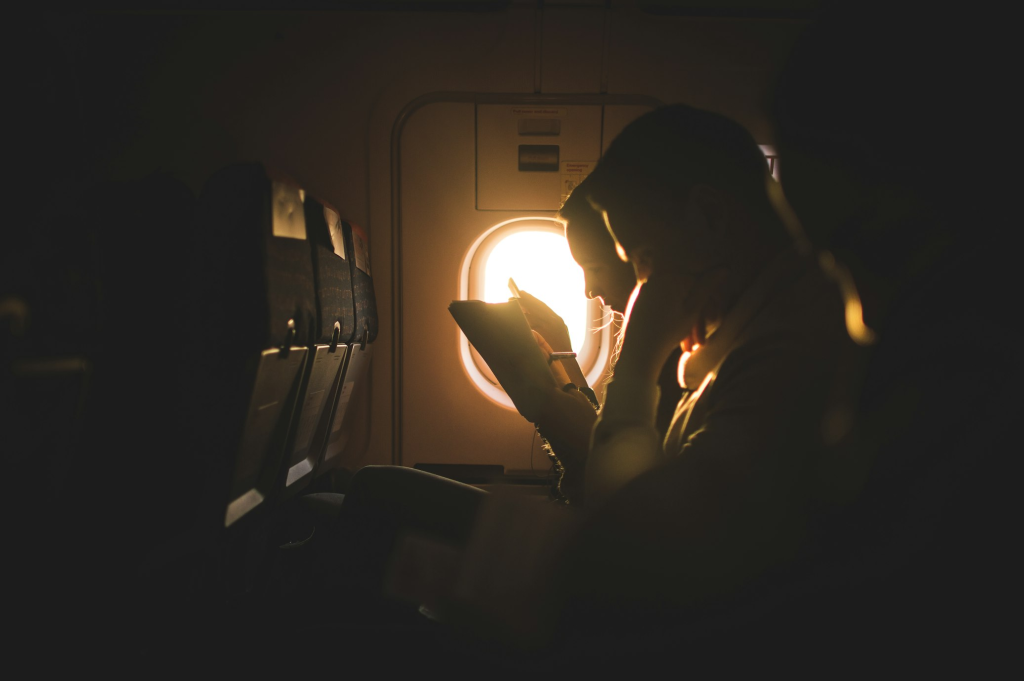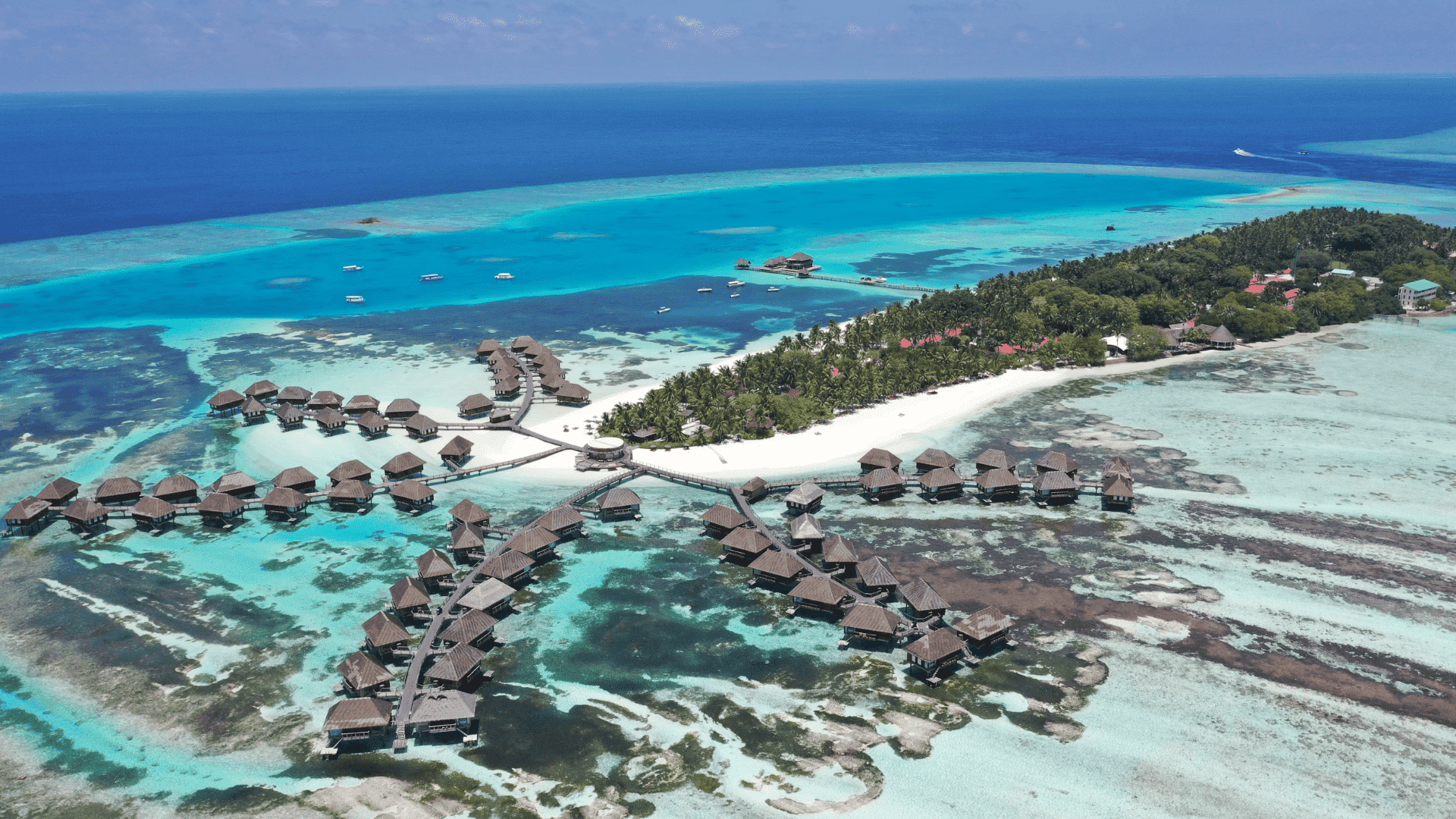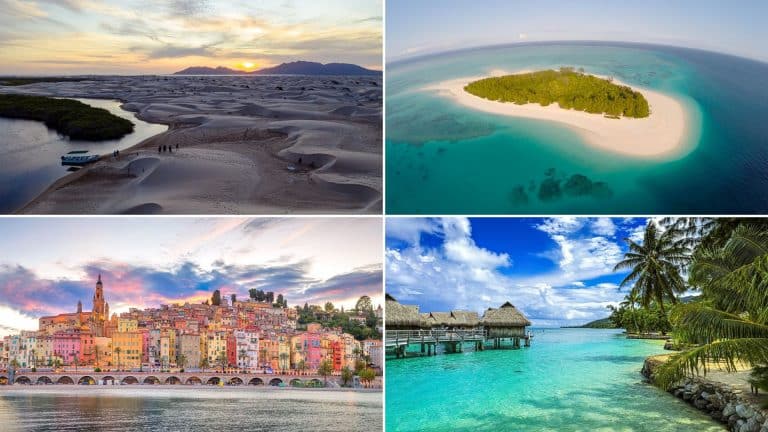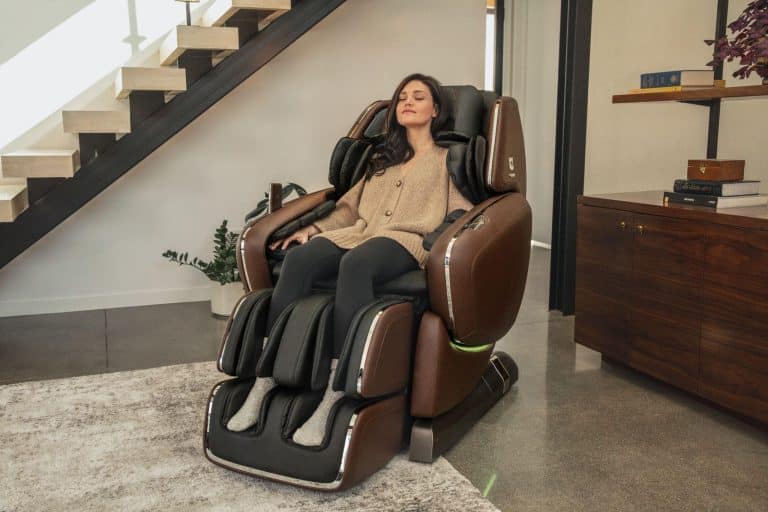How to Plan the Ultimate Maldives Tour: Stunning Beaches, Overwater Bungalows, and Crystal-Clear Waters
Turquoise lagoons, pale sand, and quiet evenings create a setting that many travellers picture for years. The Maldives looks effortless, yet a smooth trip depends on careful choices about islands, transfers, stays, and daily rhythm.
This guide explains island basics, budgeting, transfers, day design without fixed timelines, safety, booking checks, and a simple planning checklist for the Maldives packages.
Understanding the Islands and Atolls
The archipelago spans several atolls, each with its own pace and reef layout. Distance from Malé shapes transfer time. A near island may suit short breaks, while a remote atoll often brings quieter surroundings and a wilder outer reef.
The house reef matters as much as the villa. Shallow entries suit new snorkellers, while channels with stronger flow attract divers who enjoy drift conditions.
When comparing islands, look closely at:
- Transfer type and typical duration.
- House reef access points and snorkel routes.
- Lagoon depth for kayak or paddleboard sessions.
- Privacy, vegetation, and villa spacing.
- Policies for families, teens, or adult-only zones.
- Availability of marine guides or resident biologists.
- Maps, pier locations, and current snorkel notes from recent months help match an island to personal comfort and interests.
Working Out a Sensible Budget
Think in totals rather than nightly rates. List flights, transfers, taxes, service charges, meals, and paid activities. Seaplane costs are usually per person and can be a large share of the spend, so place them on the sheet early.
A short speedboat ride often lowers the transfer line. Currency handling fees and card charges can also add a little, so plan a mix that suits the itinerary.
Many travellers consider Maldives packages that combine flights, transfers, and accommodation under one agreement. This approach can make the calculation clearer and reduce back and forth between providers when plans change.
Choosing Where to Stay
Where you stay shapes the rhythm of each day, influencing privacy, views, access to the water, and how connected or secluded the experience feels. Two classic options shape the experience.
Overwater Bungalows
These sit above the lagoon, often with a ladder into clear water. They favour sunrise coffee with open views and quick snorkel dips. Depth under the deck varies with tide and location, so check typical ranges.
Beach Villas
These bring sand-to-door living, generous shade, and easy beach walks. They often suit guests who prefer space for children to play or who like the feel of trees around the room.
Key points to review:
- Orientation for sunrise or sunset.
- Distance to neighbours and any privacy screens.
- Proximity to the reef drop-off and the safest entry.
- Outdoor areas for drying swimwear.
- Access features for those who prefer fewer steps.
Some islands publish sample menus and meal plan explanations. A half-board plan can work well where lunch options include light bites or salad bars, especially for guests who spend midday in the water or at the spa. Some Maldives packages bundle meal plans in the base price, making it easier to compare total costs between islands.
Transfers and Flight Planning

International routes link the Maldives with major hubs across Asia, the Middle East, Europe, Africa, and Oceania. After landing in Malé, onward travel continues by seaplane or speedboat. Seaplanes typically fly in daylight and operate in waves that match resort demand and weather.
Speedboats run at set times and can be adjusted during unsettled seas. Baggage rules on domestic legs and seaplanes may differ from international tickets, so confirm allowances and any soft bag suggestions before packing.
Designing Days Without Fixed Timelines
A calm rhythm suits island life better than a tight schedule. Conditions change with the tide and breeze, so keep plans flexible and choose activities to match the water on the day.
Ideas that work for most travellers:
- Begin with a short guided snorkel near an easy entry, then expand the route on later days.
- Pick one longer outing, such as a sandbank picnic or a dive, on a settled morning.
- Alternate active sessions with slow afternoons in the shade or by the lagoon.
- Add simple movement like beach walks, light swims, and gentle paddleboard laps.
This approach keeps energy steady and avoids rushing from one booking to the next.
What to Pack
Island needs are simple, but a few thoughtful items improve comfort.
- Reef safe sunscreen and a wide-brim hat.
- Rash vest or light swim tee for sun protection.
- Polarised sunglasses.
- Quick-dry clothing and a light scarf or wrap.
- Simple sandals and water shoes where reef plates sit close to shore.
- Basic medicines, motion sickness tablets, and plasters.
- A compact dry bag for boat rides and excursions.
- Universal adaptor and a small power bank.
- Copies of travel documents, both digitally and on paper.
Simple Planning Checklist
This checklist avoids fixed dates and works for short or long stays:
- Decide the travel window and tolerance for crowds or quiet.
- Define the trip style: rest, snorkel focus, diving, family time, or a blend.
- Shortlist two or three islands that fit transfer preferences and reef access.
- Select villa type and orientation after reviewing privacy and layout.
- Choose a meal plan based on restaurant variety and actual eating habits.
- List the top experiences and book only those that need early slots.
- Confirm total costs with taxes, service charges, and transfers in writing.
- Share dietary needs and any access requirements.
- Arrange insurance that covers activities and medical transport.
- Prepare documents and a packing list that suit the route and season.
Conclusion
Planning with care reveals the best of the Maldives without fuss. The right island, an appropriate transfer, and a stay that matches personal rhythm allow the setting to shine. Some travellers value the simplicity of Maldives packages for clear pricing and fewer moving parts. Others prefer a custom path. Either way, measured choices lead to quiet mornings, clear water, and unhurried evenings that feel exactly right for the journey.







